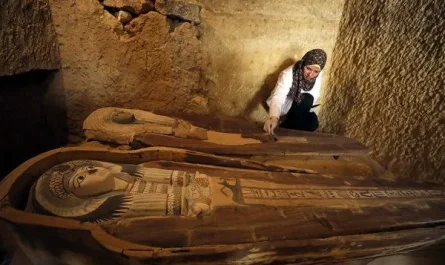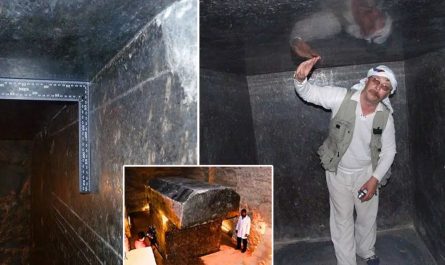NASA has recently made an incredible discovery on the moon: a cave that could provide an ideal environment for human habitation.
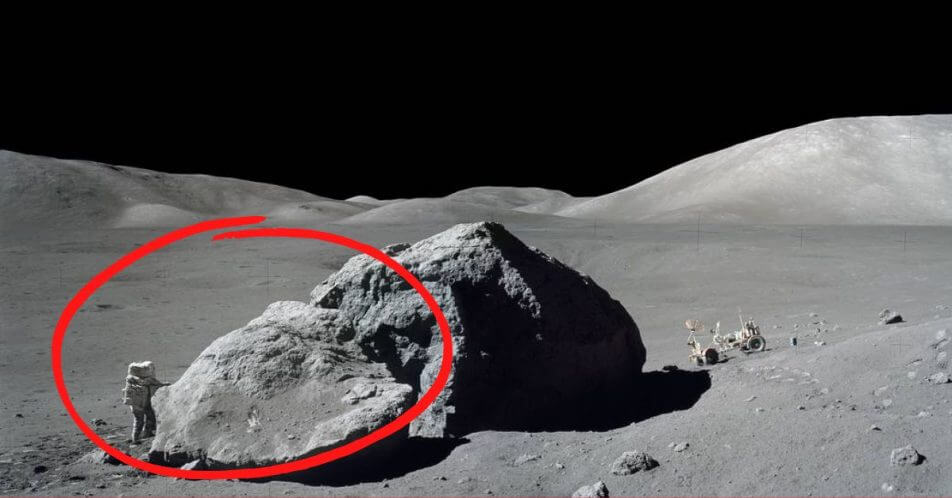
This remarkable find has the potential to revolutionize our plans for lunar colonization and pave the way for a future where humans can call the moon their second home. In this article, we will explore the significance of this discovery, the cave’s unique features, and the future possibilities for lunar colonization.
The Lunar Cave Discovery
NASA’s Lunar Reconnaissance Orbiter (LRO) first captured images of the cave entrance, which led to further investigations by scientists and engineers. After analyzing the data, they concluded that the cave was formed by ancient volcanic activity and has remained untouched for millions of years.

The cave’s structure offers several advantages for human habitation, including protection from harmful radiation, extreme temperatures, and micrometeorite impacts.
Unique Features of the Lunar Cave
The lunar cave’s unique features make it an ideal location for a potential lunar base:
- Stable Environment: The cave’s interior maintains a relatively stable temperature of around -20°C, providing a more hospitable environment for humans compared to the extreme temperature fluctuations on the moon’s surface.
- Radiation Protection: The cave’s thick walls shield its inhabitants from harmful solar and cosmic radiation, reducing the risk of radiation-related health issues.
- Micrometeorite Shielding: The cave’s natural structure serves as a barrier against micrometeorite impacts, which could damage equipment and structures on the lunar surface.
- Resource Availability: The cave is located near the moon’s South Pole, an area rich in water ice and other valuable resources that could be used for life support, fuel, and construction materials.
The Future of Lunar Colonization
With the discovery of the perfect cave for human habitation, the prospects for lunar colonization have never looked brighter. NASA and other space agencies can now focus on developing the necessary infrastructure, technology, and life support systems to establish a permanent human presence on the moon. The cave provides a natural starting point for creating a lunar base, which could serve as a hub for future lunar exploration, scientific research, and even space tourism.
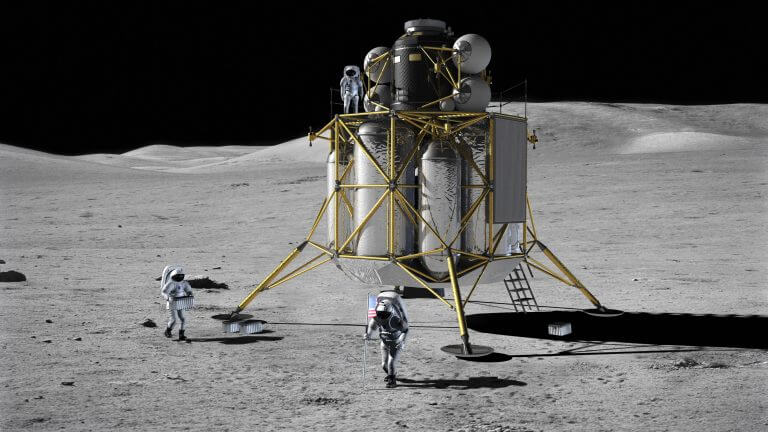
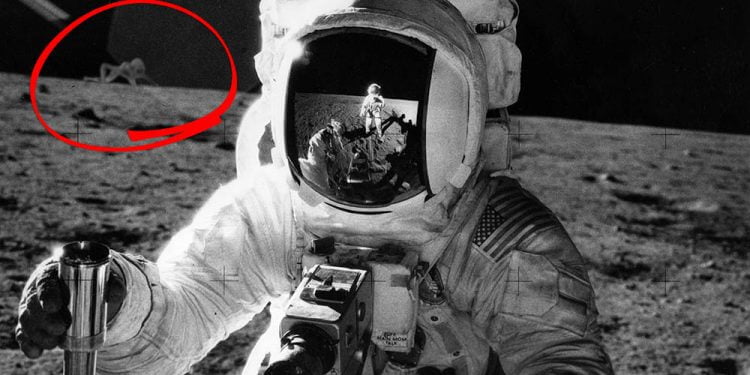
Challenges and Opportunities
While the discovery of the lunar cave presents numerous opportunities, there are still challenges to overcome before humans can safely live on the moon. These challenges include developing advanced life support systems, creating efficient methods for resource extraction and utilization, and ensuring the long-term psychological well-being of lunar inhabitants.
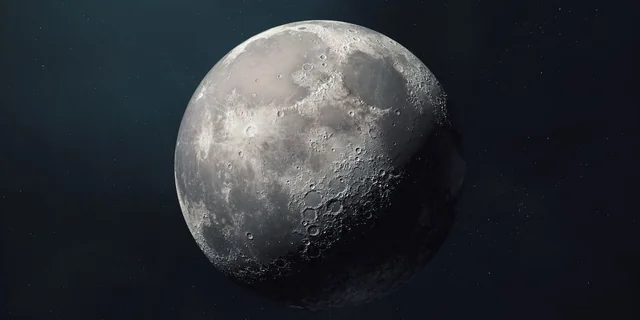
However, overcoming these challenges will not only pave the way for lunar colonization but also advance our understanding of human adaptability and resilience in extreme environments.
